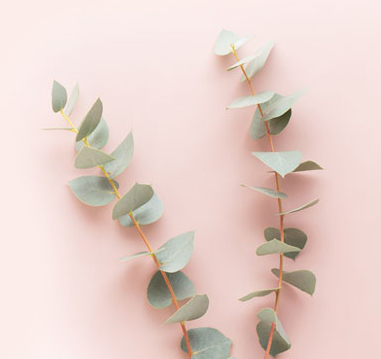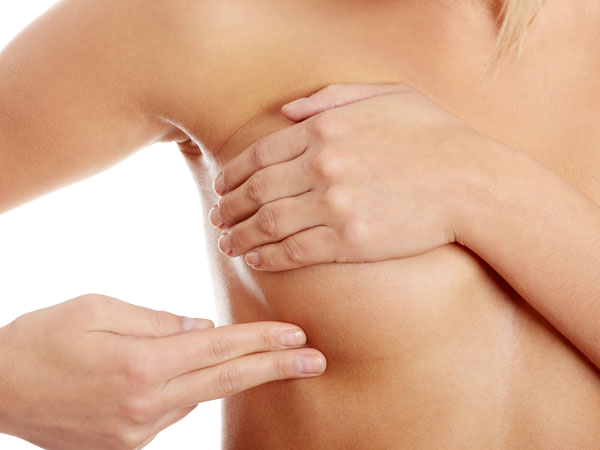Drugless and Non Surgical
Most Popular Procedures
- Breast Enlargement
- Breast Lift
- Sagging Treatment
- Breast Reduction
- Skin Texture
- Hormonal Balancing
Our breasts are primarily made up of fatty tissue (known as meda dhatu in Ayurveda), glandular tissue for the production of milk, and significant lymphatic drainage. The lymph, a key component of rasa dhatu, is the most dynamic part of our breasts and exists throughout the tissue but is most concentrated with nodes in the axillary area, right underneath the armpit.
There is also important lymph drainage in the crevice behind the collarbone. The breasts themselves do not contain muscular tissue, but they do overlie the pectoralis muscle.
The shape of the breasts is largely determined by how much fatty tissue there is and the tone of the supportive tissues, the connective tissue, and ligaments.
All breasts are beautiful. Rather than shape and size, what determines the healthiness of breasts is the health of the tissues, specifically rasa and meda dhatu, and the ease with which the lymph can flow through its channels without obstacle.
Ayurveda recognizes that these obstacles can be both physical, such as a blocked duct, and energetic in nature, as occurs with deep-seated emotions.
In Ayurveda, each tissue layer has certain by-products, just like milk can beautifully turn into butter and cream. Rasa dhatu’s by-products are said to be the top layer of the skin, menstrual flow, and lactational flow.
Many will notice that when there is more kapha-type menstrual flow with mucus, the breasts often will feel more full and stagnant with kapha qualities as well. We will cover these differences in doshic breast types, but do note this correlation because often we can use our menstrual flow to understand the health of our breasts, and, vice versa, we can use any changes in our breasts to understand the health of our flow.
Similarly, we can use the health of our skin, particularly for those who have stopped menstruating, to clue us in to how our rasa dhatu is doing. As the rasa dhatu is the entire plasma and lymphatic system of our body, ensuring that there is proper hydration and that the dhatu’s flow is not inhibited in any way is of utmost importance to breast health.
The Heart Chakra
Another anatomical note with profound implications is the proximity of the breasts to the heart chakra. In fact, we can consider the heart, breasts, and other nearby organs and structures as physical extensions of this energetic center. It is no wonder that stress is a major cause of heart disease.
In addition to the examples given previously, there are numerous instances of women having lactation during an intensely grievous period, as well as in intensely joyous occasions.
Many practitioners have also found breast masses resolve on their own with emotional and spiritual healing. Our heart is a deep emotional center, and I encourage us all to examine our emotional health any time breast changes arise. It is often the key to our healing.
The Doshas
From an Ayurvedic point of view, our doshic constitution is the orchestrator behind our physique, including our breast type. Vata people tend to have less meda dhatu and thus smaller breasts, whereas kapha people tend to have larger breasts corresponding with their meda dhatu.
Our vikriti, or current state of balance, will also have an impact on what our breasts may look like and what changes we may notice today. If you do not know your constitution or current state of balance, our Ayurvedic Profile quiz is designed to help you identify both.
| Table 1. Doshic Variations in Breasts | ||
| Dosha | Balanced | Unbalanced |
| Vata |
|
|
| Pitta |
|
|
| Kapha |
|
|
While most of us will find ourselves falling into one of these categories, which corresponds overall with our doshic constitution, some people are a mix. For instance, people with strong vata in addition to kapha can often have a disproportionate distribution of fat, such that much fat will reside in the thighs and hips, while the upper torso and breasts are quite small.
Some may find their body to be overall quite slim, but their breasts to be relatively heavier and larger. If you find yourself in one of these situations, rest assured that this is not a sign of imbalance, provided that you do not find any of the symptoms in the unbalanced column of Table 1.
As noted previously, the menstrual cycle can often clue us in or help us better understand changes in our breasts. With a shift to a lighter flow, you may find your breasts shift to a slightly smaller size. If you are lactating, the effects are even more pronounced and you may find a decrease in milk supply. A change to a heavier or more mucous-type flow may correlate with changes to more swollen breasts.
A heavier flow of pitta may be accompanied by tender breasts as part of premenstrual symptoms. For more information on the doshas and the menstrual cycle and remedies for menstrual imbalances, please refer to the Healthy Cycle Guide.
We can also take a look at our rasa dhatu, the plasma and lymph tissue layer, particularly if you have transitioned into menopause. Our skin is a great indicator of how our rasa dhatu is doing. Ask yourself if it is dry, thinning, or flaky. These are signs of a depleted rasa tissue layer, and you could use some hydration. Likewise, if you have ringing in your ears, palpitations, or dry, cracking joints, then you may have a very dry rasa tissue layer.
On the other hand, if you find yourself with repeated coughs and colds, a feeling of bloating and sluggishness, cholesterol issues, or increased weight, then you likely have too much kapha and thickness to your rasa tissue layer. In all these cases, you may find the corresponding changes and processes in the breasts as well.
My Skin Coach
Get Consultation With a Naturopathy, Vedic & Yogic Expert
Everything you need to feel healthy and beautiful





